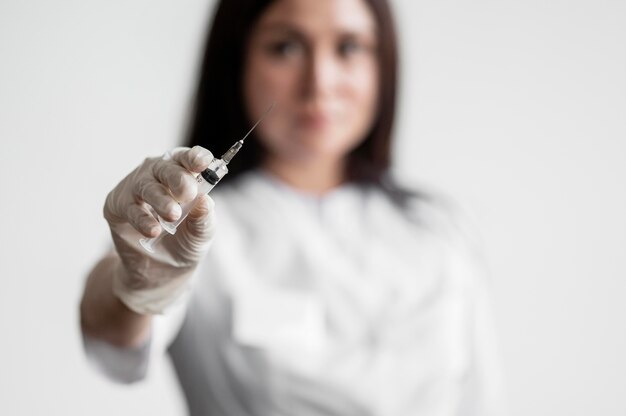
Sponsored article
Injectable peptides have gained traction as a potent tool in the realm of sports recovery and healing. These small chains of amino acids are lauded for their capability to accelerate recovery times and enhance tissue repair. By examining the science behind how peptides function and their specific benefits, we can better understand why these compounds are emerging favorites among athletes and healthcare professionals seeking effective recovery solutions.
Peptides are short chains of amino acids, fundamental building blocks of proteins, connected by peptide bonds. These vital biomolecules play an indispensable role in the body, acting as signaling agents and regulators in numerous physiological functions. Essential to the complex dance of bodily operations, peptides influence processes such as protein synthesis and cellular repair. By acting as messengers, they transmit signals between cells, instigating a series of responses necessary for maintaining homeostasis and facilitating recovery and healing. This ability to modulate and stimulate specific biological pathways forms the cornerstone of peptide therapy, a burgeoning field in medical research aimed at harnessing these naturally occurring processes to boost health outcomes.
In the context of recovery and healing, peptides work by accelerating tissue repair and reducing inflammation, thus supporting the body’s inherent ability to heal. Through their role in protein synthesis, they enhance the building of new proteins crucial for muscle growth and recovery, making them invaluable for athletes and individuals recovering from injuries. For those interested in exploring the potential benefits of BPC 157, a synthetic peptide renowned for its recovery-enhancing properties, more information can be found by visiting https://mybiolabshop.com/33-bpc-157. By understanding the science behind peptides, we gain insight into how they can be strategically used in peptide therapy to improve recovery and support overall health.
Injectable peptides are gaining recognition for their remarkable benefits in enhancing recovery and healing after intense physical exertion. One of the key advantages of peptides is their ability to facilitate efficient muscle repair. After a strenuous workout or an injury, peptides help in rebuilding damaged muscle fibers, thus expediting the recovery process. They achieve this by stimulating the production of growth hormones, which play a crucial role in tissue regeneration. Additionally, peptides exhibit significant anti-inflammatory properties, reducing swelling and pain that commonly follow intense physical activity. This not only alleviates discomfort but also enhances mobility, allowing for a quicker return to one’s fitness regimen.
Beyond muscle repair and inflammation reduction, peptides also promote notable anabolic effects, which are vital for comprehensive recovery. These effects include increased protein synthesis, leading to muscle growth and improved strength, which are essential for athletes and fitness enthusiasts aiming to enhance their performance. The anabolic properties of peptides support efficient nutrient absorption, ensuring that the body receives the necessary resources to repair and build tissues effectively. As a result, individuals experience reduced downtime and are able to achieve their fitness goals more swiftly. For those seeking to optimize their recovery post-workout or after injury, incorporating peptides can be an invaluable strategy.
In the realm of recovery and healing, injectable peptides have emerged as powerful tools, particularly in sports and medical applications. Two popular peptides, namely BPC-157 and TB-500, are increasingly recognized for their remarkable benefits. BPC-157, a peptide derived from a protein naturally found in stomach acid, expedites healing by enhancing angiogenesis, the process of new blood vessel formation. This peptide is instrumental in improving gastrointestinal health and hastening recovery from injuries such as tendons, muscles, and ligaments. TB-500, on the other hand, is a synthetic version of a naturally occurring peptide that promotes cell growth and migration, facilitating wound healing and recovery from muscle injuries. It acts quickly to reduce inflammation and improve flexibility, making it a valuable asset for athletes seeking rapid sports recovery.
These healing peptides are utilized in a variety of ways to support recovery and healing:
Incorporating these peptides into recovery protocols can significantly enhance the body’s healing capacity, proving invaluable for both professional athletes and individuals recovering from injury.